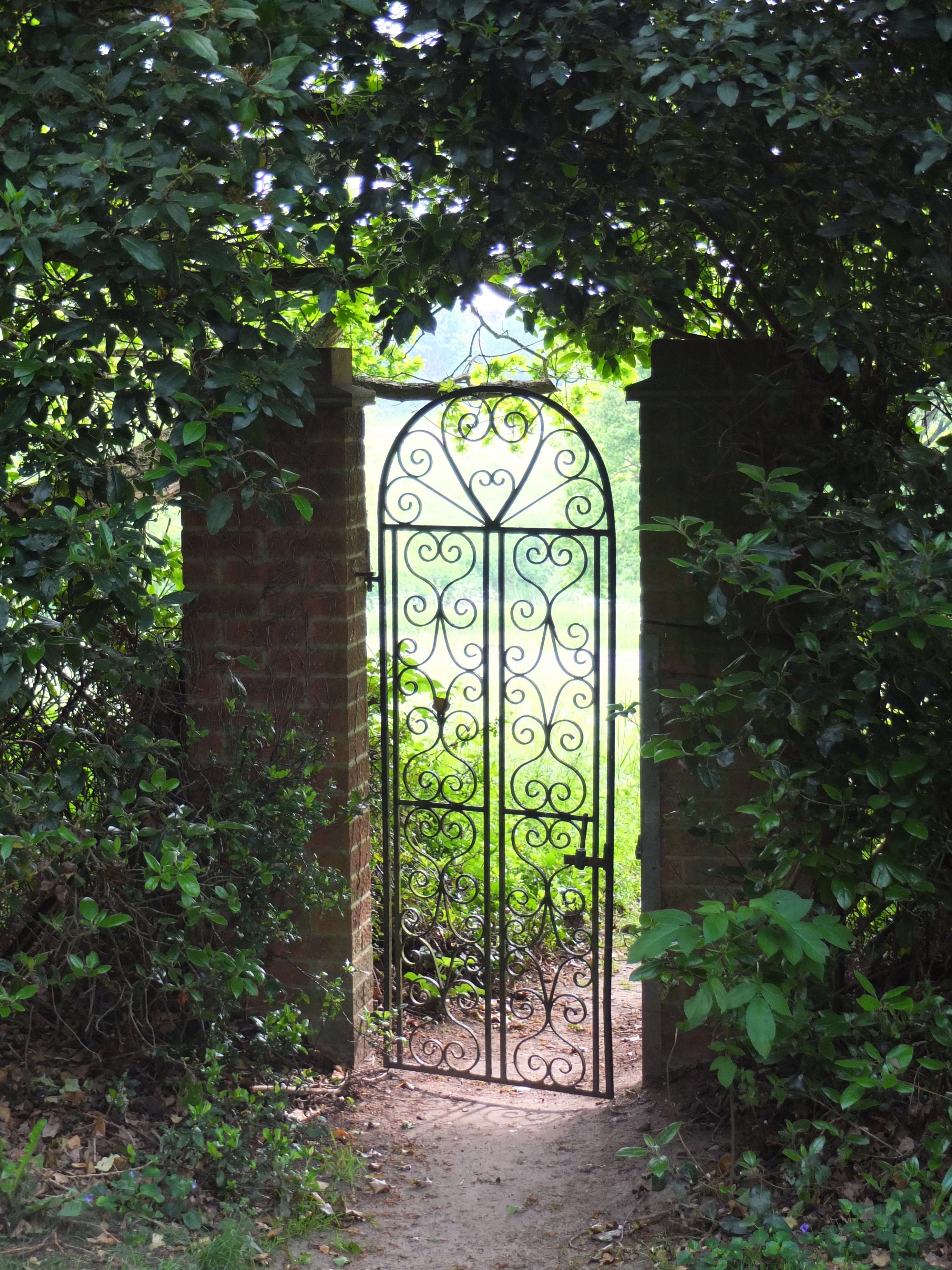 I pontificated at some length – in this previous post – on the subject of the audition process for the Junior Play which I am directing at the School this term. The first full meeting of the cast – and the commencement of the rehearsal process – takes place later today, and I thought that this might be an appropriate time to provide – for the illumination of the gentle reader – some further details as to the nature of the production.
I pontificated at some length – in this previous post – on the subject of the audition process for the Junior Play which I am directing at the School this term. The first full meeting of the cast – and the commencement of the rehearsal process – takes place later today, and I thought that this might be an appropriate time to provide – for the illumination of the gentle reader – some further details as to the nature of the production.
The piece is an adaptation of the Parzival story, taking as its source the major 13th century lyrical poem by Wolfram von Eschenbach – itself based on the earlier version by Chrétien de Troyes. I wrote the adaptation when at my previous school and it was performed there as the equivalent play for juniors in the summer of 2005 – the year that I left the school.
My ‘advert’ for this production – intended to arouse interest amongst the junior boys – read thus:
This ambitious project showcases a new adaptation for the stage of Wolfram’s epic lyric poem of knighthood, courtly love, honour and the search for the Grail. Battles, jousts, magical castles, magnificent feasts, gallant knights and beautiful maidens are all to be found within its compass. As befits such an epic production the play will be performed as a promenade in a number of locations around the School.
As an incentive this was clearly a success, since some forty nine boys auditioned for the twenty four roles. The piece was specifically written for boys of this age and aims to be a blend of comic book action, suitably dry humour and mythology – but with a subtle but healthy dose of more serious meaning lurking in the background.
The reader will have gleaned from the above that the piece is performed as a promenade. For those unfamiliar with the form of theatre this involves the audience being moved around to follow the action. This can range from a straightforward variety of different configurations in a studio theatre all the way up to the use of physically disparate locations – indoors and out – as we are doing here.
One of the drivers for doing the play in this manner at my previous school was that it possessed a splendid range of historic buildings, some dating back to the 15th century. We were thus able to make use of some wonderful medieval settings. My current school – though itself very old – is housed in modern buildings. This – naturally – presents more of a challenge. I will write further on how we overcome these difficulties as things progress.
If your mind is already boggled at the potential complexity of the production then – as certain famous Canadians are won’t to say – ‘You ain’t seen nothing yet!’ Wolfram’s Parzival is actually two overlapping stories wrapped up as one. There are two protagonists, Parzival and Gawan, and – though their paths cross at various points – the two strands are separate – wound around each other like the double helix. When I set about adapting the poem it occurred to me that the only way really to do it was to follow Wolfram’s model and to create two separate strands which would play simultaneously.
The play thus takes this form:
- The first two scenes take place in front of the whole audience and set up all that follows.
- At the end of the second scene the strands separate – as does the audience – half following each tale.
- The subsequent scenes for each tale are played out contemporaneously in different locations.
- The two strands re-combine for the final scene in which the protagonists are re-united and their quests resolved.
Well – these are bright boys and it seemed appropriate to set them a decent challenge.
I will – inevitably – write more regarding the production once things are under way.
-
My first reaction was the following…
LOL
…and I mean it in the true sense of the acronym (as I really did).
I can only imagine the complexity of the choreography required – it’s an art to write for, direct and manage one static stage but with (effectively) two moving stages, that is indeed a challenge.
It’s a shame I didn’t see a performance the first time around and just as much a shame that I won’t be able to see a performance this time – I’m intrigued.
I hope it goes well for all. Sorry, perhaps I should be wishing that all the players “break a leg”. 😉
Comments are now closed.


2 comments